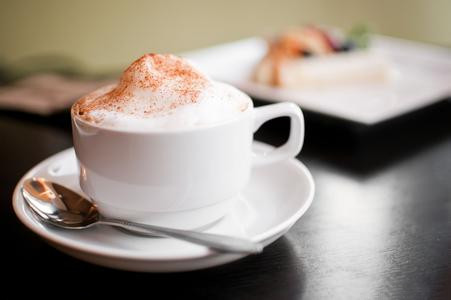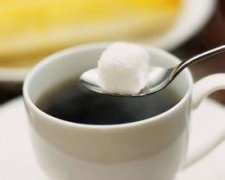The Coffee Culture in Central and Northern Europe

The coffee culture in central and northern Europe is neither as passionate as the Italian nor as romantic as the French. People in central and northern Europe drink coffee rationally and gently, just like its organized nationality. European life and coffee culture have almost become inextricably linked. In addition to the distinctive coffee culture in Italy and France, Austria, Switzerland, Germany and several Nordic countries, the habits and tastes of coffee can be said to be more or less the same. They are well aware of the golden mean and belong to the medium concentration taste.
People in central and northern Europe make coffee at home, the most commonly used hand-made filter coffee pot and household electric coffee maker (Drip Coffee Maker). Filter paper brewing coffee (Paper Drip) originated in central Europe, was invented by the German Mrs. MERITA at the beginning of this century, and is widely spread in European countries. But the coffee in the business premises, due to the need for a large amount of fast supply, is still dominated by the Espresso coffee machine, but with different flavors of coffee beans. What is special about cafes in central and northern Europe is that they make a clear distinction between coffee, sugar and milk. Many cafes have different prices for black coffee and coffee with milk on their price lists, and some even include portions as factors of price differences.
In recent years, the average coffee consumption of the people of the four Nordic countries has been among the top four in the world, with more than 1,000 cups per person per year.
Important Notice :
前街咖啡 FrontStreet Coffee has moved to new addredd:
FrontStreet Coffee Address: 315,Donghua East Road,GuangZhou
Tel:020 38364473
- Prev

New York Coffee, return to "elaborate work"
In the spare afternoon, it is definitely a pleasure to sit in the open-air coffee bar on New York's Fifth Avenue, listen to a piece of light music and taste a cup of frothy cappuccino made by the barista himself. Not long ago, however, it was an extravagant hope, when New Yorkers didn't think it was a great thing to make coffee. Compared with the economy of New York, in the coffee industry it is only
- Next

Savor the coffee culture of European cafes
On Montsio Street in Barcelona, I found an European cafe called four Cats. Tourists kept stopping at the door to look at the small face of the European cafe and the poster of Ramon Casas. A middle-aged woman was responsible for guiding the tourists to their seats one by one, giving a very brief introduction to the history of the European cafe. Many tourists are for graduation.
Related
- How did the Salvadoran coffee industry develop in Central America?
- What exactly does the golden cup extraction of coffee mean?
- The Origin of Coffee flower
- [2023 Starbucks World Earth Day] there are more meaningful things besides free Starbucks coffee!
- What kind of coffee is there in Spain? 9 Flavors of Spanish Coffee
- Aromatic African coffee| Kenya's coffee culture and historical production area
- Liberica Coffee Bean knowledge: the characteristics of Liberian Coffee beans of the three original species of Coffee beans
- The origin and formula of Spanish latte introduces the taste characteristics of Bombon coffee in Valencia, Spain.
- How to adjust the solution of over-extracted coffee
- What is the tasting period of coffee beans? What is the period of coffee and beans? How should coffee wake up and raise beans?

